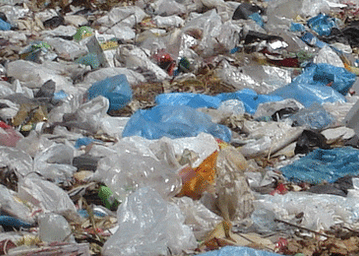
Introduction
When we talk about saving the planet, the focus is often on technology, new policies, or big investments. While these matter, one factor often overlooked is human behaviour – what people do every day at home, at work, and in communities. Our actions, big and small, add up to either protect or harm the environment.
How Our Choices Shape the Planet
Every choice we make including how we travel, what we buy, how we manage waste feeds into larger environmental impacts. Studies show that people who value nature more (a biocentric mindset) are more likely to act in ways that protect it, while others tend to prioritise convenience or human needs.
Take recycling, for example: small nudges like clear signage, reminders, or feedback on progress have been proven to boost recycling rates in cities and workplaces. It shows that when behaviour is guided in the right direction, people respond positively.
Knowledge is Power, But Not Enough
Being aware of environmental issues is important, but it doesn’t always lead to action. Why? Because life gets in the way—cost, time, or lack of access often make the sustainable choice harder. That’s why practical support (like easy-to-access recycling bins, cheaper green options, or smart technology) helps people follow through on what they already believe is right.
The Role of Organisations and Communities
Organisations play a huge part in shaping behaviour. When a company builds sustainability into its culture, employees are far more likely to live those values. A clear mission, consistent messaging, and leadership by example matter. If, however, organisations treat sustainability as a ‘tick-box exercise,’ it sends the wrong signal and discourages meaningful action.
Communities also influence behaviour. Societal norms are powerful—if people see their peers recycling, cycling, or saving energy, they’re more likely to do the same. Behaviour is contagious.
Breaking Barriers
People often want to do the right thing, but barriers stand in the way. Limited infrastructure, higher costs, or confusing systems discourage action. Removing these obstacles and making the sustainable choice the easiest choice helps good intentions turn into good habits.
Behaviour as a Lever for Change
Technology and policy only succeed if human behaviour aligns with them. Whether it’s adopting renewable energy, repairing instead of discarding products, or reducing waste, behaviour is the lever that makes strategies work in the real world.
Conclusion – Turning Insight into Action
Human behaviour is at the heart of environmental preservation. The science is clear: awareness, values, organisational culture, and small nudges can make a massive difference. But knowledge must be matched with action.
Action Points
- Make it easy by designing systems so that the sustainable choice is the simplest one.
- Lead by example by ensuring organisations and leaders ‘walk the talk’ not talk the talk.
- Encourage small wins by celebrating and reinforcing small sustainable actions; they build momentum.
- Remove barriers by reducing cost, complexities, and inconvenience for green behaviours.
- Build societal norms by creating a culture where protecting the environment is the standard, not the exception.
In summary, technology and policies help, but it’s our daily guided behaviour, support, and reinforcements that will decide the future of our planet.
The post Human behaviour and the environment: The connection appeared first on The Business & Financial Times.
Read Full Story






















Facebook
Twitter
Pinterest
Instagram
Google+
YouTube
LinkedIn
RSS